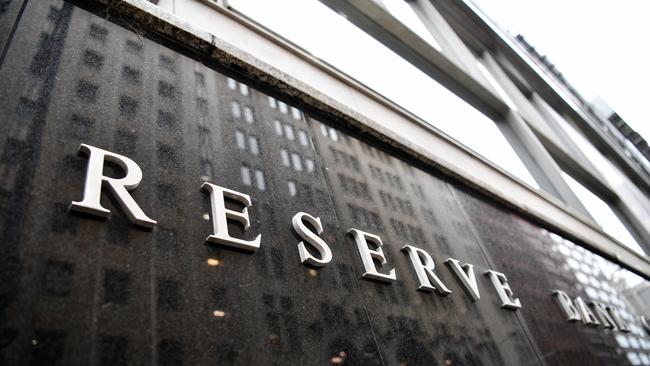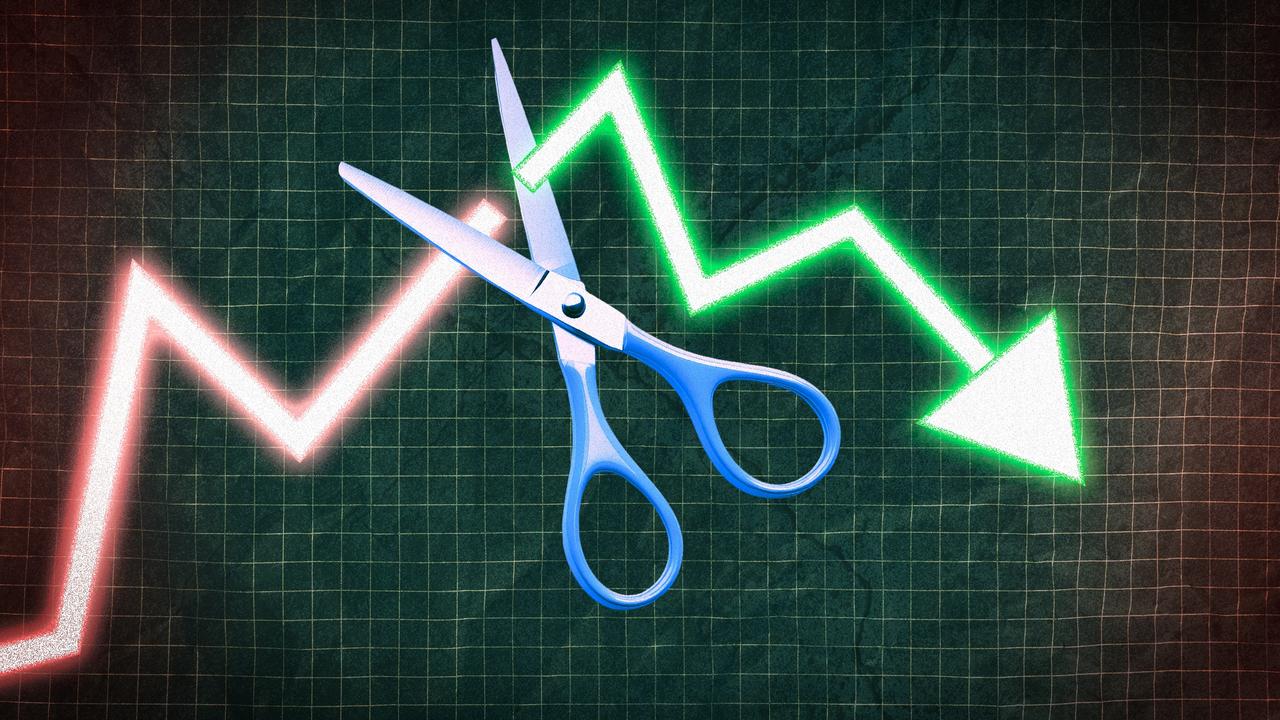Rate cut ‘of little use’ to borrowers, say RBA minutes
The RBA minutes say a rate cut would deliver less support to the economy when debts are high and house prices are falling.

Interest rate cuts would be less effective in boosting the economy than in the past but the Reserve Bank says they would still help if jobless numbers start rising.
The last RBA board meeting included a discussion of the circumstances in which rate cuts would be warranted.
Minutes of the meeting record board members “discussed the scenario where inflation did not move any higher and unemployment trended up, noting a decrease in the cash rate would likely be appropriate in these circumstances”.
However, the board makes it clear it is in no hurry to act. The minutes say there is no strong case for any “near-term” adjustment to interest rates, adding moreover, “it was not possible to fine-tune outcomes’’.
The minutes say a rate cut would deliver less support to the economy because people would be less likely to take up the incentive for additional borrowing at a time when their debts were high and house prices were falling.
“Nevertheless, a lower level of interest rates could still be expected to support the economy through a depreciation of the exchange rate and by reducing required interest payments on borrowing, freeing up cash for other expenditure,” the minutes say.
The RBA believes the weakness in consumer spending that dragged economic growth lower in the latter half of last year is continuing and its next review of the economy, to be released just one week ahead of next month’s federal election, will mark down its forecasts for the year ahead.
The weakness in household spending was concentrated in items traditionally related to turnover in the housing market, such as furnishings and car sales. “Retail sales data and contacts in the bank’s liaison program (with private businesses) suggested that growth in housing-related consumption had remained soft in recent months,” the minutes say.
Household spending was being depressed by a lack of growth in disposable income.
While employment growth has been good and there has been some improvement in average hourly earnings, the RBA says “non-labour” income, which includes returns from investments, business income and government benefits, remains weak. Tax has eroded what growth there has been in gross income.
“Tax payments by households had been growing noticeably faster than income growth in recent years, partly because of efforts to increase tax compliance.”
The RBA says investment in new housing appears to have passed its peak, although there is uncertainty about how rapidly it would decline. The RBA believes that by holding rates steady, as it has since August 2016, it has become a “source of stability and confidence”. It says there is little likelihood of a scenario in which a rate rise is called for. Inflation, which has been below 2 per cent almost continuously since late 2014, is expected to remain low for some time. Prices are being held down by low wage growth, strong competition among retailers and efforts by governments to ease the growth of prices for services such as energy.
The minutes say maintaining the record low rate of 1.5 per cent is contributing to the fall in the jobless rate and a gradual improvement in inflation.
“The central scenario was for further gradual progress to be made on both unemployment and inflation,” the minutes say.



To join the conversation, please log in. Don't have an account? Register
Join the conversation, you are commenting as Logout